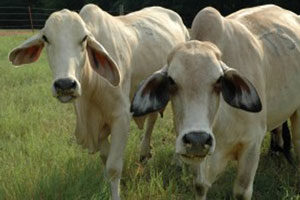Clarke is lead author of “Bioterrorism: intentional introduction of animal disease,” which appears in the animal health organization’s journal Scientific and Technical Review this month.
First off, bioterrorism is not new.
The intentional introduction of animal disease dates to the Middle Ages when “diseased carcasses and bodies were catapulted over enemy walls in attempts to induce sickness in humans or animals,” Clarke wrote with co-author Jennifer L. Rinderknecht, Texas AgriLife Research assistant.
Throughout time, similar practices ensued until 1975, when more than 160 countries at the Biological and Toxic Weapons Convention agreed to prohibit biological warfare programs, the article noted.
But, the authors say, evidence around the world indicates that the “development of biological agents continues in some countries.”
Clarke said that those farthest away from being prepared are the developing nations such as in Sub-Saharan Africa and Indonesia. He said the article would be helpful for nations that are wanting to protect their markets as they grow globally.
The article discusses potential perpetrators and their methods, priority diseases, modern biology, trade and regulatory restraints as listed by the World Organization for Animal Health, which is headquartered in Paris and known as OIE for Office International des Epizooties.
Clarke pointed to the live animal and fresh meat restrictions on imports from Brazil that are in place because there are still pockets of Foot-and-Mouth Disease in that South American country.
“That impairs their ability to export to the U.S.,” he said. “Trade restriction is one of the most important underlying issues that face countries. That makes bioterrorism everyone’s business.
”While the article deals specifically with intentional introductions, Clarke said the “clean up and control is same” for either type event.
“The only difference is in attribution,” he said. “If an act is intentional, then the focus goes to finding out who did it.” 







